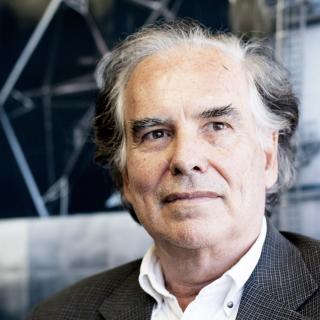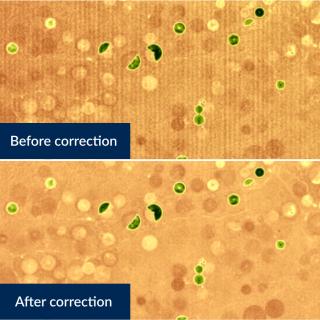Thanks to the application of this law the excellent conditions of the quality of the Canary skies, high atmospheric stability and transparency and few clouds, have been added darker and darker skies and free from air traffic. The careful measurement and preservation have positioned the Canary Island observatories among the best sites on the planet for astronomy. Other direct consequences are energy saving economies, and the reduction of the environmental impact and on biodiversity caused by inadequate public lighting.
The Law was passed in the Spanish parliament on October 31st 1988, proposed by the Parliament of the Islands, but we had to wait until 13th March 1992 to obtain the explicit details which make the Law effective. Before this Law came into force there were municipal regulations to protect the observatories in Hawaii, which compete in quality of astronomical observations with those of Chile and the Canaries. This step acted as an inspiration and a reference for numerous decrees, orders, and laws to protect the sky in Spain and in other places around the world.
The regulations of the Law state that the Instituto de Astrofísica de Canarias (IAC) will emit obligatory reports on the documents requesting licences to install external lighting, emitters of radio waves, and the establishment of industries at sites above 1,500 m in altitude. In order to carry out this task and to monitor the obedience to these regulations in January 1992 the Technical Office for the Protection of Sky Quality (OTPC) of the Canary Observatories was created, whose job was to determine the list of technical specifications required to minimize the impact of light pollution and in consequence to protect the astronomical quality of the observatories.
Since the rules governing its procedures were put in place this office has made an inventory of all the points of lighting in the island of La Palma to detect the most polluting installations. It also prepared the first project for adapting the outdoor lighting on the island. It first classified all the installations in order of their light polluting effect, and then carried out the adaptation of the most important of them in proportion to the investment provided by the Ministry of Education and Science, coming from the budget of the Secretariat of State for Universities and Research via the Cabildo of the Island of La Palma.
As a result of this project the OTPC forecast a reduction of the potential local contamination after 24.00 h of 84%, and a reduction of local energy consumption of 45%. Furthermore the effect of the adaptation of the installations included in this first phase for the whole island of La Palma aimed at reducing the potential contamination above the Roque de los Muchachos Observatory after 24.0 h by up to 28%, and to reduce the global consumption of outside lighting of the island of La Palma by 10% which would result in a saving for the city councils of 8.3 million pesetas per year.
To reach these first objectives of the Law of the Sky the OTPC, comprising the technicians Javier Diaz Castro and Federico de la Paz informed and advised all the private and public organizations concerned, promoted collaborative agreements with local administrations, and participating in the technical committees and international exhibitions about light pollution at astronomical observatories.
The four pillars
The Law for the Protection of the Astronomical Quality of the IAC Observatories speaks to four fundamental aspects:
Light pollution: it regulates the outdoor lighting in the Island of La Palma and the part of the island of Tenerife which has a direct line of sight from La Palma.
Electromagnetic contamination: it establishes the levels of electromagnetic radiation so that they do not interfere with the equipment and measurements at the Observatories
Atmospheric contamination: it controls the activities which could degrade the atmosphere in the surroundings of the Observatories.
Airline routes: it regulates the air traffic over the Observatories, avoiding interference due to airline routes. For this purpose in 1998 two air spaces were created, and published, one for each observatory (the Roque de los Muchachos Observatory and the Teide Observatory) which forbids overflying by aircraft (except military and humanitarian air traffic). For this it is rare to see contrails of aircraft in the skies of La Palma and Tenerife.
The Law of the Sky of the Canaries is the only Law in the world which protects these four basic aspects needed to preserve the sky quality for astronomical observation. This law has also been a fundamental support for other projects such as the Starlight Initiative, whose aim is to spread the direct and indirect cultural, economic, touristic, environmental benefits and improvements to the quality of life which result from defense of the light of the stars and the popularization of astronomy.
Other press reselases:
The Law of the Sky is 30 years old
- La inspiradora belleza del cielo nocturno. Por Federico de la Paz (IAC).
- El espectáculo robado del firmamento. Por Federico de la Paz (IAC)



